83 F. high on Wednesday at MSP.
80 F. average high on August 20.
90 F. high on August 20, 2013.
August 20 in Minnesota Weather History. Source: MPX National Weather Service:
1918: 3rd Deadliest tornado strikes Tyler and destroys the downtown area, leaving 36 dead.
1886: High winds hit Northfield with winds blowing at 60 mph for 20 minutes. The peak gusts were from 75 to 80 mph.
1883:
A series of tornadoes touches down in southeastern Minnesota, resulting
in 40 fatalities and over 200 injuries. Appalled by the lack of medical
care received by the victims of the tornado, Mother Alfred Moes,
founder of the Sisters of St. Francis, proposes to build and staff a
hospital if Dr. W.W. Mayo will provide medical care. St. Marys Hospital
opens in 1889 with 27 beds and eventually grows into the Mayo Clinic.
Doppler on a Stick
Minnesota
has so many wonderful traditions and festivals that celebrate the
seasons - and our collective love of the outdoors. The Fishing Opener.
Aquatennial. Deer Hunting Opener. St. Paul Winter Carnival.
But
there's nothing quite like the Minnesota State Fair: amazing food, great
exhibits and shows, and even better people-watching than Las Vegas.
11
days left in meteorological summer and the heat & humidity spikes
into Sunday as a hot frontal surge of superheated air brushes Minnesota.
That means a spirited round of storms this morning, and ripe conditions
for occasional thunder into Sunday.
I don't see any all-day
washouts, but if you're heading to the fair (or the cabin) keep an eye
out for rapidly-building cumulonimbus capable of downpours and small
hail. Remember that a storm doesn't have to be severe to be dangerous.
Lightning is the big risk - if you can hear thunder the threat is real,
and you should take cover.
If the sun stays out for a few hours
temperatures may peak close to 90F each day into Sunday, with a
debilitating dew point around 70F. An inch or two of rain may fall by
Sunday, when a September-like sneeze of fresh Canadian air arrives.
Next week: 70s with less humidity.
Hot Flash.
We've had a few spasms, spikes of summer heat, but no prolonged bouts
of Dog Days, nothing that could be characterized as a heat wave (with a
straight face). Assuming morning T-storms give way to some PM sunshine
the mercury should hit 90F by the dinner hour, especially south metro,
maybe some mid-90s near Mankato. 5 PM temperature: 4 KM NAM courtesy of
NOAA and HAMweather.
Morning Rumblers - "Ring of Fire".
An expanding heat bubble sparks heavy showers and T-storms, especially
during the nighttime hours from the Dakotas and Minnesota into the Great
Lakes and Ohio Valley. Future Radar: NOAA and HAMweather.
Gulley-Gushing Rains.
4 KM NAM data from NOAA shows a wide swath of 1-3" rains from the
Dakotas into the Upper Midwest, Ohio Valley and Mid Atlantic Region.
Monsoon-related T-storms may spark flash flooding over the Rockies.
Tropical Downpours.
NAM guidance is hinting at some isolated 2-5" rainfall amounts with the
storms pushing across Minnesota this morning, another round of storms
capable of flash flooding near Wausau and Green Bay Thursday night into
early Friday. The immediate Twin Cities metro may pick up some 1"+
rainfall amounts, with locally heavier amounts.
Sauna-On-A-Stick.
Ice cream and ice tea will be big sellers at the Minnesota State Fair
into Sunday; highs in the 80s, possibly brushing 90F later today, again
Sunday. Dew points in the mid 60s to near 70F will make it feel like
mid-90s. Stay hydrated and take it easy out there. A cooler front comes
sailing into town late Sunday; highs in the 70s much of next week with a
big drop in dew point (40s by Wednesday and Thursday). MSP Meteogram:
Weatherspark.
Still Not Buying It - Yet.
Here is the 12z Wednesday run of the GFS model, showing a possible
tropical system pushing into Daytona Beach next Wednesday, August 27.
But yesterday the potential landfall was closer to New Orleans. So
stating the obvious my confidence level is about as low as it gets,
especially considering that the ECWMF does not spin anything up close to
the USA. Any landfall right now is still in the realm of fantasy
football - fun to play, but very little skill or confidence. We'll keep
you posted.
* will there be a Gulf Coast hurricane this year? Here's historical perspective from the
Birmingham office of the National Weather Service.
Quiet Atlantic/Caribbean, But Very Active Pacific Season for Hurricanes & Typhoons. Here's an excerpt of an e-mail from Steven Scolnik that got my attention: "
The
Eastern Pacific is not on average. It's up to the "L" storm. This puts
it on pace with 1992, which had 27 storms, the most since formal records
began in 1949." (Image:
National Institute of Informatics, Digital Typhoon).
Another Unpronounceable Icelandic Volcano Is Getting Ready To Explode.
Slate has a good overview of what's happening; here's a clip: "...
Prime Minister Sigmundur Davíð Gunnlaugsson met with civil defense officials on Monday, and roads near the remote volcano have been closed. Iceland Magazine reports
that Iceland’s National Commissioner of Police has declared a Civil
Protection Uncertainty Phase, increasing surveillance of the volcano and
its surroundings. The Icelandic Coast Guard deployed additional seismic monitors by helicopter over the weekend. The Icelandic National Broadcasting Service has positioned a webcam to keep an eye on the volcano..."
* a live webcam of the Bardarbunga Icelandic volcano is
here.
Airlines on Alert Amid Threat of Iceland Volcano Eruption.
Bloomberg has details of how a brewing volcanic eruption may impact cross-Atlantic flights in the weeks to come; here's an excerpt: "...
The
seismic activity raised concern that airlines may face a repeat of the
2010 disruptions when a cloud belched from the Eyjafjallajokull volcano
forced carriers to erase more than 100,000 flights and caused about $1.7
billion in lost revenue. Ash is a menace to jetliners because the
glass-like particles can damage engines by melting and congealing.
“There is still no sign of this intrusion being on its way to the
surface,” said Martin Hensch, a seismologist at the Icelandic Met
Office. “It’s still impossible to say whether or not the volcano will
erupt, due to the simple fact that we can’t predict what the
developments in the next hours or days will be....” (
File photo from May 8, 2010 Eyjafjallajokul eruption." AP Photo/ APTN).
Want To See How Fast Coastal Wetlands and Forests are Vanishing? Here's a story excerpt from
National Journal: "...
Between
1996 and 2011, total coastal forest cover dropped by more than 16,000
square miles—an area roughly the size of Delaware, Maryland, and Rhode
Island combined. Some 1,536 miles of wetlands were lost over that period
as well, according to the data from the National Oceanic and
Atmospheric Administration. Here's what that looks like in the
Southeast, where 510 square miles of wetlands—a swath more than 7 times
the size of the District of Columbia—vanished between 1996 and 2011..." (Map credit: NOAA).
Hacking Traffic Lights is Apparently Really Easy.
A simple (?) Internet hack is all you need to turn a city into a sea of
gridlock. It sounds like a plot to a Hollywood blockbuster, but
according to
Time Magazine it's easier to pull off than it sounds. Here's an excerpt: "...
Our
attacks show that an adversary can control traffic infrastructure to
cause disruption, degrade safety, or gain an unfair advantage,” writes
the research team led by computer scientist J. Alex Halderman. “With the
appropriate hardware and a little effort, [a hacker] can execute a
denial of service attack to cripple the flow of traffic in a city, cause
congestion at intersections by modifying light timings, or even take
control of the lights and give herself clear passage through
intersections,” according to the researchers’ findings..."
The Most-Stolen New and Used Cars in America. Are your wheels on the list? Here's a snippet of an eye-opening article at
Forbes: "...
Here’s
the list of the 10 most stolen cars from all model years taken during
2013, according to the NICB, with total units cited:
- Honda Accord, 53,995
- Honda Civic, 45,001
- Chevrolet Silverado, 27,809
- Ford F-150, 26,494
- Toyota Camry, 14,420..."
Photo credit above: "
An older Honda Accord is the most stolen car in the U.S., with nearly 54,000 units from various model years pinched last year." (Photo credit: Wikipedia).
Where Do Bags Go After The TSA Takes Them?
Specifically lost luggage that never quite finds its way back to its
owner? Alabama, of course. I had no idea, but this article at
boingboing.net set me straight. Here's a clip: "...
most
misplaced bags are reunited with their owners within forty-eight hours.
Within five days, 95 percent of those 2 million bags will find
themselves back home. But a small percentage—and we’re talking 50,000 to
100,000—sit idly, never to find their way back home. What happens to
these bags? They go to Alabama. Scottsboro, Alabama, is a small city of
just under 15,000 people, tucked away in the northeast corner of the
state, thirty miles or so from the Georgia and Tennessee borders. Every
year, about a million visitors come to this tiny city, the vast majority
of whom come to visit the Unclaimed Baggage Center. This 50,000-square- foot store sells the things that flyers lost and were unable to recover..."
Study: To Boost Your Odds of a Successful Marriage, Have a Big Wedding.
The more people throwing rice the greater the perceived commitment, the
greater the willingness to hang in there when things get tough? No
idea, but here's a clip from a story at
The Los Angeles Times that may you may want to share with anyone about to tie the knot. Wedding planners will be happy to see this too: "
To
improve your odds of a high-quality marriage, try not to have too many
sexual partners before you meet “the one.” And when you do find him or
her, consider inviting at least 150 people to your wedding. That’s just
some of the practical advice offered by a pair of psychology researchers
from the University of Denver who have studied 418 people who
participated in the Relationship Development Study.
All of them were single and between the ages of 18 and 40 when they
joined the study in 2007 and 2008, and all of them had tied the knot by
the time the researchers checked in with them five years later..."
If You're Born In The Sky What's Your Nationality? An Airplane Puzzler. I can't say I've ever thought about this before, but in case you have Robert Krulwich has a few ideas over at
NPR; here's a clip that caught my eye: "...
According
to Alastair, "If you are born over the United States, in a foreign
plane with foreign parents, you can still claim U.S. citizenship."
Really? That's so generous! (Do Brazil, Russia, Egypt grant a flyover
baby the same option?) I may be the only person on Earth fascinated by
this legal puzzle, but I bet there are some of you out there — lawyers,
airline attendants, maybe even a real life "flyover baby" — who know if
there's a general rule governing sky births. Is there a practice
followed by most nations, or does every case turn on its details, on its
particular who, when and where?.."
On Every Camper's Checklist: A Collapsible Hot Tub.
Forget the wandering around, blisters and sore muscles, I'm just going
to set this baby up by the lake and watch the rest of you clomp around
in the woods. Who buys this stuff?
Gizmag has more details: "
When
planning a camping trip, most people tend to pack stuff like matches,
coffee, and a spare pack of batteries. Thanks to Portland, Oregon-based
company The Original Nomad, you're now able to add a hot tub to the
list, as the firm has just launched a collapsible tub geared towards
campers..."
TODAY: T-storms, then steamy sun. Dew point: 72 Winds: S 10. High: near 90
THURSDAY NIGHT: Muggy and warm. Low: 71
FRIDAY: Sticky sun, sunnier and drier. Dew point: 64. High: 88
SATURDAY: Tropical sun. Strong storms late PM. Wake-up: 70. High: 86
SUNDAY: Free Sauna. Heavy PM storms. Dew point: 69. Wake-up: 69. High: 91
MONDAY: Blue sky, less humidity. Dew point: 56. Wake-up: 68. High: 80
TUESDAY: Few showers, possible storms south. Wake-up: 61. High: 78
WEDNESDAY: Slow clearing, comfortable. DP: 58. Wake-up: 63. High: 75
Climate Stories...
"It
takes so little, so infinitely little, for a person to cross the border
beyond which everything loses meaning: love, convictions, faith,
history. Human life -- and herein lies its secret -- takes place in the
immediate proximity of that border, even in direct contact with it; it
is not miles away, but a fraction of an inch."
-- Milan Kundera
Cartoon credit: Mike Peters at The Dayton Daily News and
Facebook.
Here's How Arctic Sea Ice Could Shrink Even More.
No ice or thin ice = higher, storm-driven waves, which has a positive
feedback, destroying more Arctic ice, resulting in even more wave
action. A cascade of unintended consequences that the models may or may
not pick up in time. Here's an excerpt of a story at
Climate Central: "...
As
the sea ice covering the Arctic continues to shrink under the influence
of greenhouse gas-induced warming, it’s causing a host of other changes
in the region, including the growth of large waves in the previously
iced-over areas. Those waves could potentially reinforce and hasten the
demise of sea ice, leading to further changes in the fragile polar
realm.
Changes brought on by global warming in the Arctic region have been
well documented. Temperatures there have risen twice as fast as the
global average. That rise is tied to a decline in Arctic sea ice, which
has seen its seasonal minimum area shrink by nearly 14 percent per decade since the late 1970s..."
Map credit above: "
A map showing wave heights in the Arctic based on wave model run with conditions during a September 2012 storm." Credit: Thomson and Rogers, 2014.
Cities' Air Problems Only Get Worse With Climate Change.
Warmer temperatures, coupled with sunshine and hydrocarbon exhaust from
vehicles and industry trigger more ozone, as explained in this excerpt
of a story at
The New York Times: "...
In
the world’s already smoggy metropolises, pollution is likely to grow
worse, a phenomenon scientists have taken to calling the climate
penalty. Ozone is a key culprit. This lung-damaging compound, often
formed from chemical reactions involving sunlight and automobile exhaust
and other pollution, plagues major cities around the globe. As the
climate heats up, it is projected that more ozone will form in polluted
areas on sweltering days..."
Climate Change Means More Bugs, Slimy Ponds. Here's an excerpt of a report at
USA TODAY: "
From a surge in disease-carrying ticks and Tiger mosquitoes to increases in toxic algae blooms, the symptoms of climate change
are rapidly affecting America's relationship with the great outdoors,
the National Wildlife Federation warned Tuesday. The NWF report assessed
troubling climate-related changes in eight species..."
Photo credit above: "
Bowers
Beach resident Gary Boyle pushes off from a dock at Silver Lake in
Dover, Del., for early afternoon bass fishing. A sign cautions against
contact with the water on days when blue-green algae blooms are dense." (Photo: Gary Emeigh, The Wilmington, Delaware News Journal).
Why I'm a Climate Change Alarmist.
I know a little of what meteorologist Eric Holthaus is talking about.
If you express any real concern the Internet trolls dismiss you as
alarmist, or worse. I'm alarmed, and if, after looking at all the data,
you're not just a little bit paranoid, you're not paying attention.
Here's an excerpt of Eric's essay at
Slate: "...
Many of us have been lambasted for talking about the fundamental health of the planet. Climate scientist Kerry Emanuel has written
“those interested in treating the issue as an objective problem in risk
assessment and management are labeled ‘alarmists,’ a particularly
infantile smear considering what is at stake.” Now, I’m also an
optimist. I’m convinced that humanity has the ability to tackle the
problem and come to international agreement on how to do so in a fair
way. It simply must happen. But for something so serious, it seems like
there’s a general lack of alarm, a lack of emotion, and—to be blunt—a
lack of ambition to act with the scale and urgency the issue requires..."
The Importance of Debating Energy Policies - Not Technologies.
Location matters, in terms of what clean, renewable sources of energy
will work and scale. Here's an excerpt of a thoughtful look at the
challenge at
Scientific American: "...
Which
of these renewable technologies makes the most sense varies from one
location to another. In dry, sunny areas, solar photovoltaics are likely
the best choice, because they run on sunlight and require very little
water. In water-rich regions like the U.S. Pacific Northwest and Canada,
most electricity can be produced in hydroelectric dams. And in coastal
cities like New York and Seattle, tidal energy might be an appealing
local electricity option. The renewable energy source that is the best
option depends on the unique local geographic and weather conditions, so
we are poised to further diversify our energy supply if we transition
to renewable energy—not converge on one technology..."
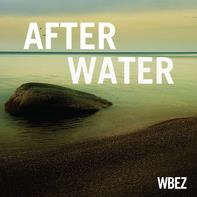
After Water.
Science fiction, alarmism, or one of many realistic scenarios
describing how fresh water may become the most precious natural resource
of the 21st century? Here's a description of a short story, "After
Water", courtesy of WBEZ in Chicago and
SoundCloud: "
What
happens 100 years from now when, if climate change has brought us to a
point where water has become one of our scarcest resources, and more
precious than oil or gold? We've asked fiction writers to imagine the
Great Lakes region a century or more on, and help us paint an audio
portrait of that world. In her story, "World After Water", Chicago
author Abby Geni brings us to a city flooded by dirty, toxic water. We
follow the struggle of four boys, forced to steal clean water from their
wealthy neighbors to survive."

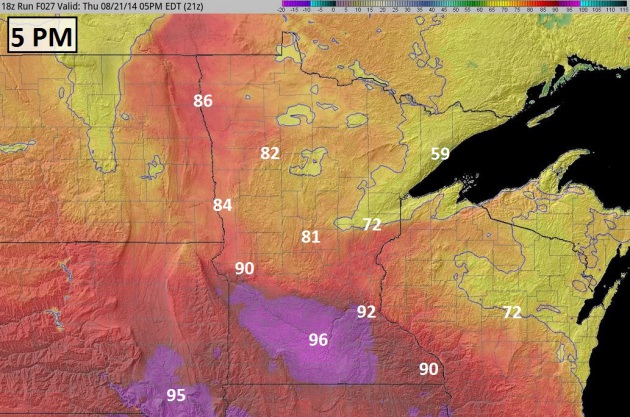

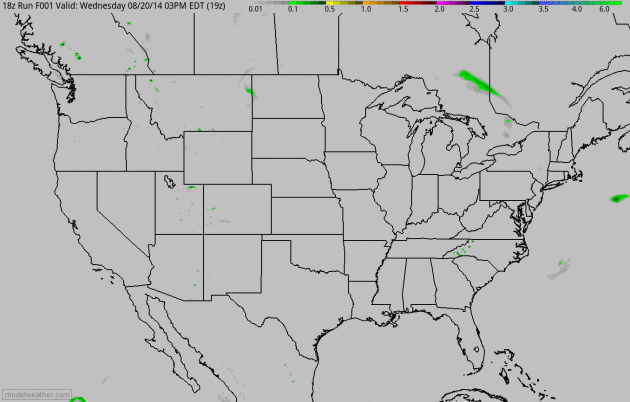
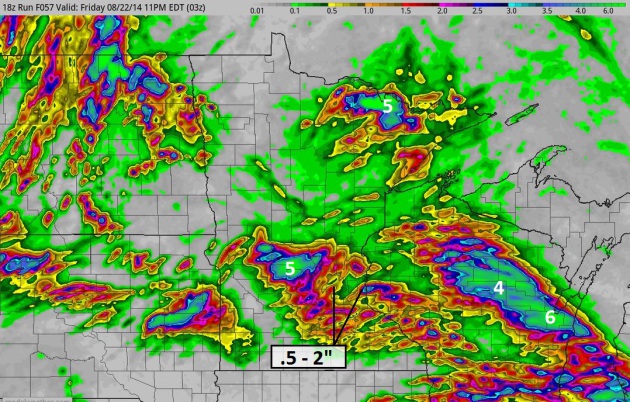
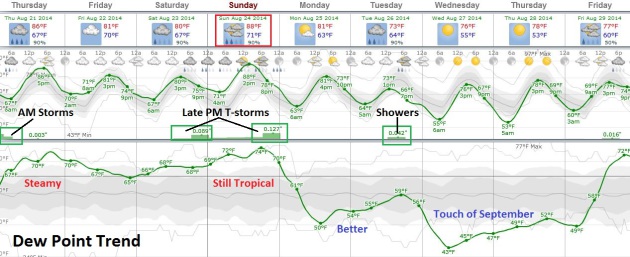
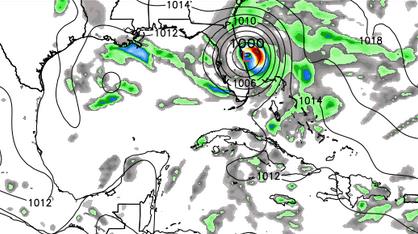
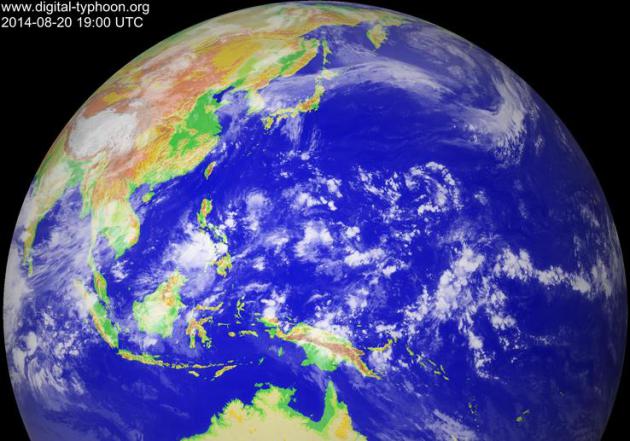
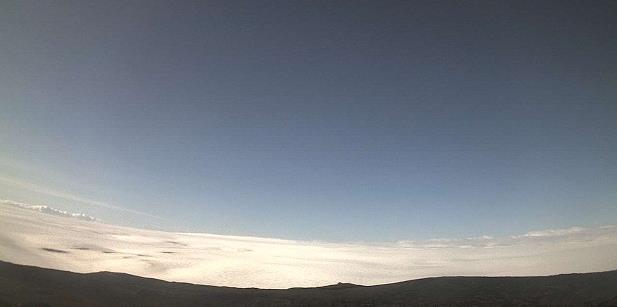
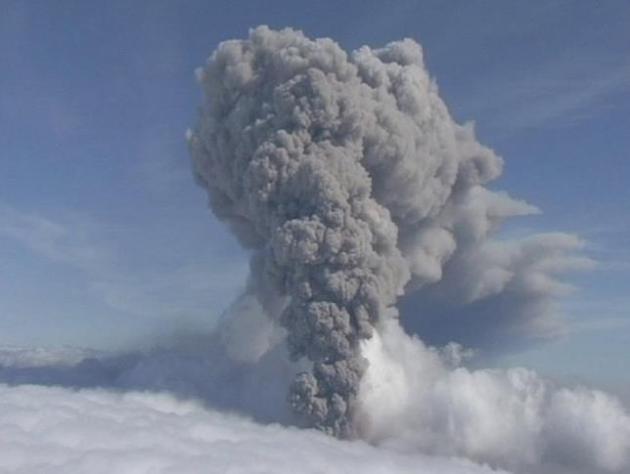
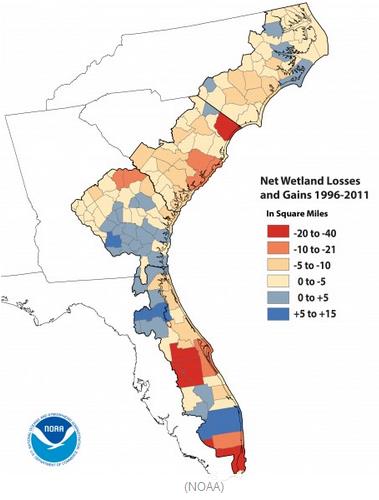
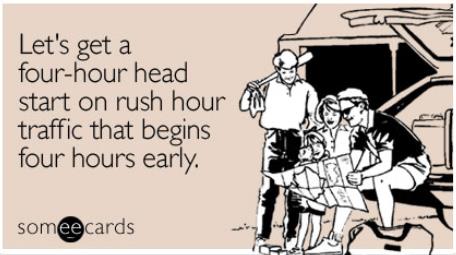
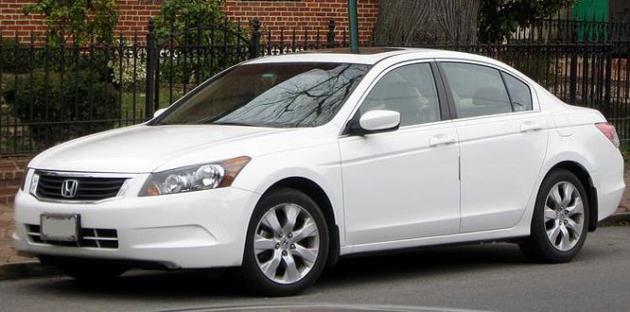

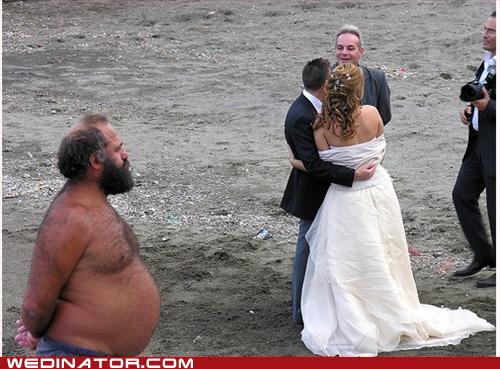

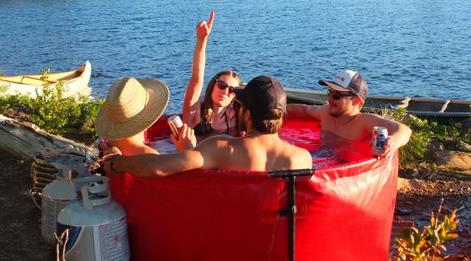
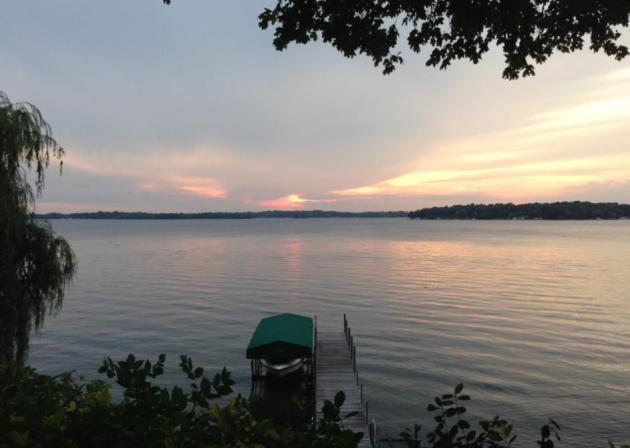
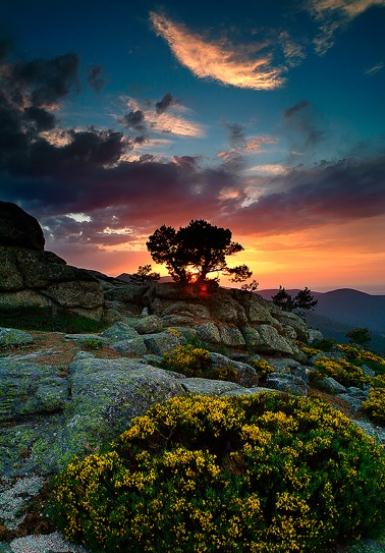
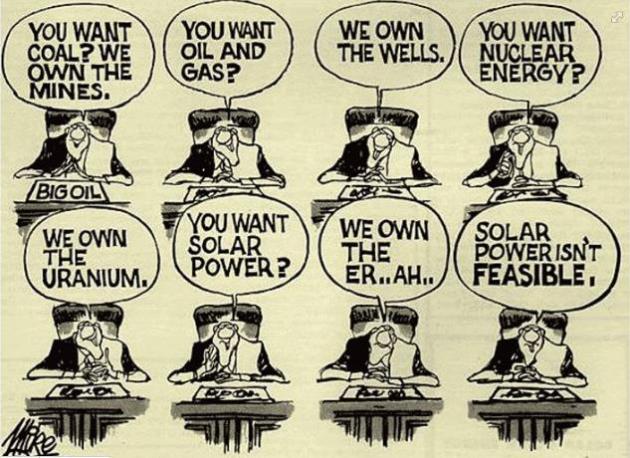

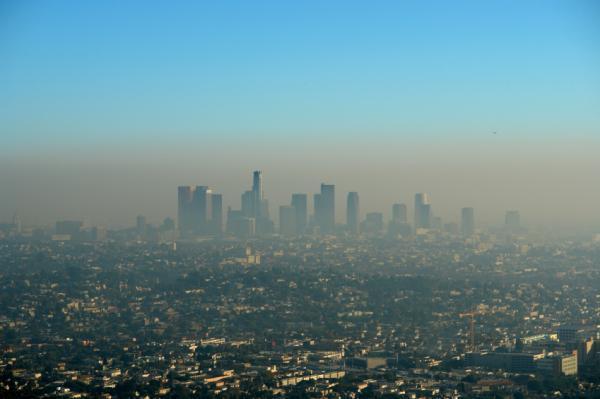

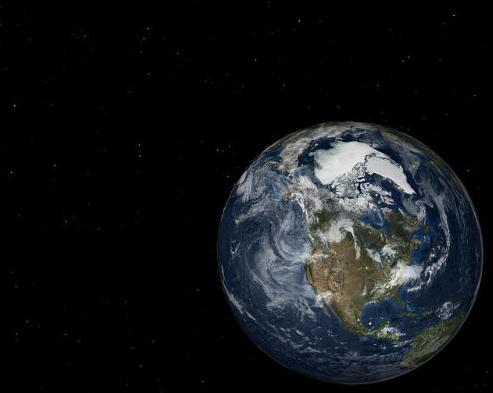


Dear Mr. Douglas,
ReplyDeleteIt's my birthday this weekend and I am in need of some advice. I was planning on heading up to my cabin north of Brainerd (Pequot Lakes), however, the weather forecast across multiple sites is stating that there is an 80% chance of rain up north on Sunday. The forecast shows only a 30% chance of rain on Sunday here in the twin cities. I guess my question is, how accurate are these forecasts? If it were you, would you risk driving up north, or play it safe and stay in the twin cities? Thank you for your time and consideration.
Kind regards,
Morgan